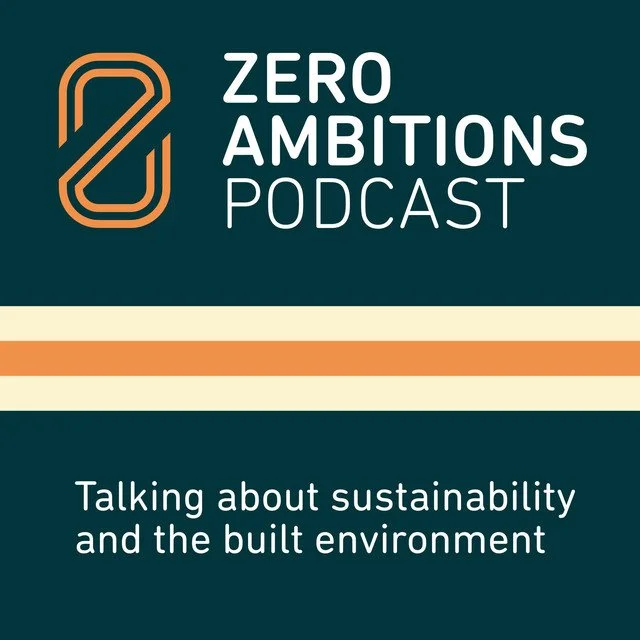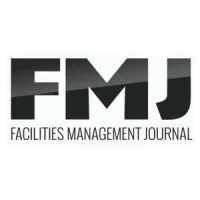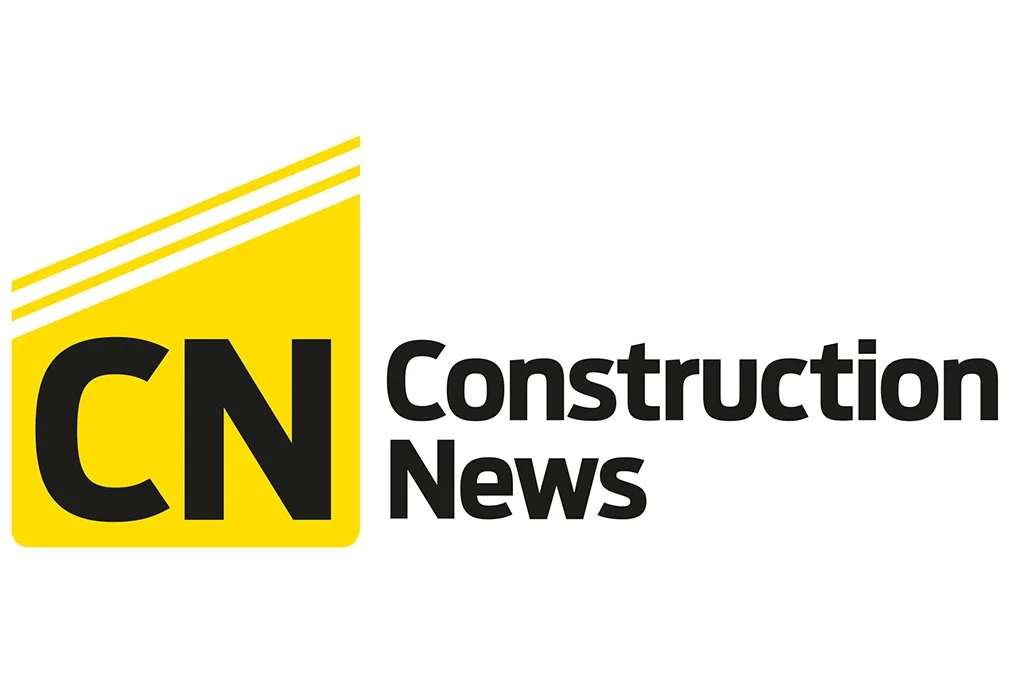The Beauty in Boring Buildings: The Business Case for Retrofit Beyond Flagship Assets
In our latest white paper, we champion retrofitting everyday commercial properties, as they can generate extraordinary returns.
The retrofit sector is inundated with case studies of high-profile, flagship projects - but we see another side to the story.
In this paper, we reveal that retrofitting “boring” buildings can deliver Internal Rates of Return (IRR) as high as 92% - and why this is crucial to unlocking accelerated progress across UK building stock in the next decade.
The true climate and financial opportunity lies across the 77.8% of UK commercial buildings currently facing stranded asset risk - suburban offices, mid-century retail, and regional warehouses.
As of the end of 2024, only 22.2% of UK buildings complied with future energy efficiency standards (EPCs of B, A, and A+), resulting in 77.8% facing stranded asset risk (C and below).
The report serves as a call to action for real estate investors, owners, and policymakers to redirect capital and retrofit business cases toward high-volume, scalable retrofit measures: maximising carbon reduction per pound spent while protecting portfolios from future regulatory and financial risk.
“We quantify the hidden opportunity sitting across the UK’s long tail of overlooked commercial assets. Unglamorous, unloved, and critically – untapped.
For every flagship building retrofit that earns an “Outstanding” certification at extraordinary cost, there are thousands of “boring” buildings that provide superior environmental and financial returns.”
Nick Taylor, CEO
As seen in:
Our key findings
In this paper, we reveal that retrofitting “boring” buildings can deliver Internal Rates of Return (IRR) as high as 92% - and why this is crucial to unlocking accelerated progress across UK building stock in the next decade.
Financial savings
Through analysis of a subset of GP practices across Greater London identified retrofit projects delivering 351 tonnes of CO₂ savings per year - the equivalent of taking 250 cars off the road - with a payback period of just 1-2 years and an IRR between 46% and 92%.
Comparative ROI
Flagship projects often exhibit diminishing marginal returns, with the final 10% of carbon reductions consuming up to 40% of budgets.
Carbon savings
90% of carbon savings can typically be achieved at just 60–70% of the cost of pursuing BREEAM “Outstanding” ratings, according to UK Green Building Council research cited in the report.
We believe in a tiered retrofit strategy, prioritising fast, scalable interventions such as LED lighting, smart thermostats, and intelligent energy controls across the UK’s 29 million aging buildings.
This approach maximises impact across the whole portfolio rather than focusing on maximising performance of individual assets.
By prioritising cost-effective measures and setting realistic energy-efficiency targets, building owners and operators can achieve significant energy savings while ensuring a positive return on investment.
This is where Building Atlas can help.
Using just addresses, our AI platform offers instant portfolio intelligence to get a strategic view of your entire portfolio.
With our end-to-end service, you can:
Map and model your entire portfolio in one click
Identify MEES compliance risks
Pinpoint high-priority buildings for intervention
Model Net Zero 2030-2050 retrofit scenarios
Estimate costs and payback periods
Connect to trusted installer partners
Plan your energy efficiency pathway









